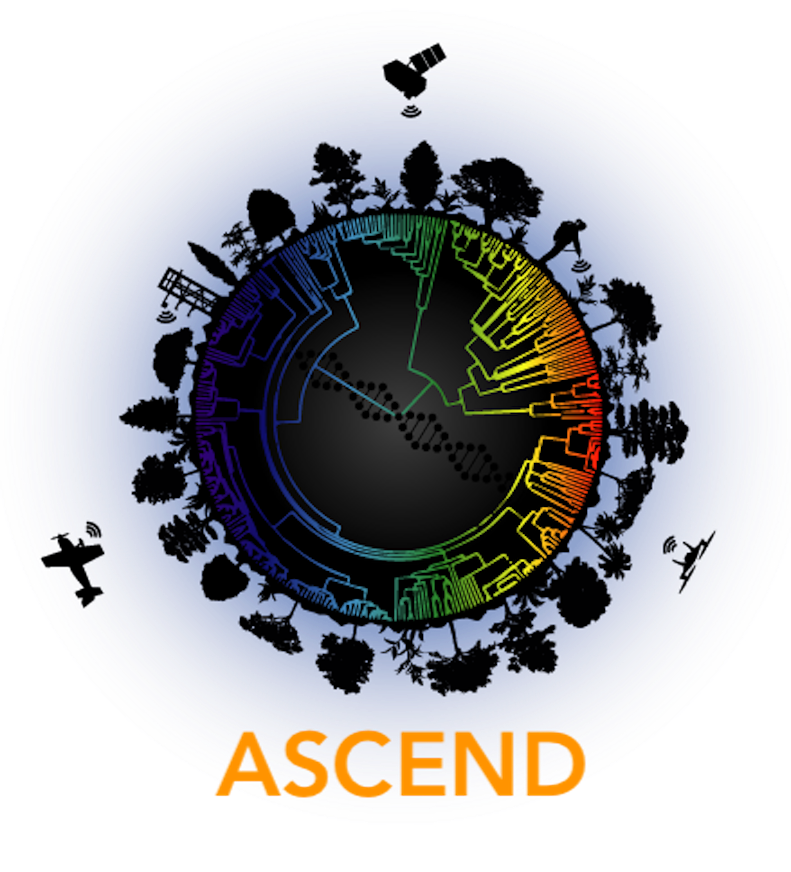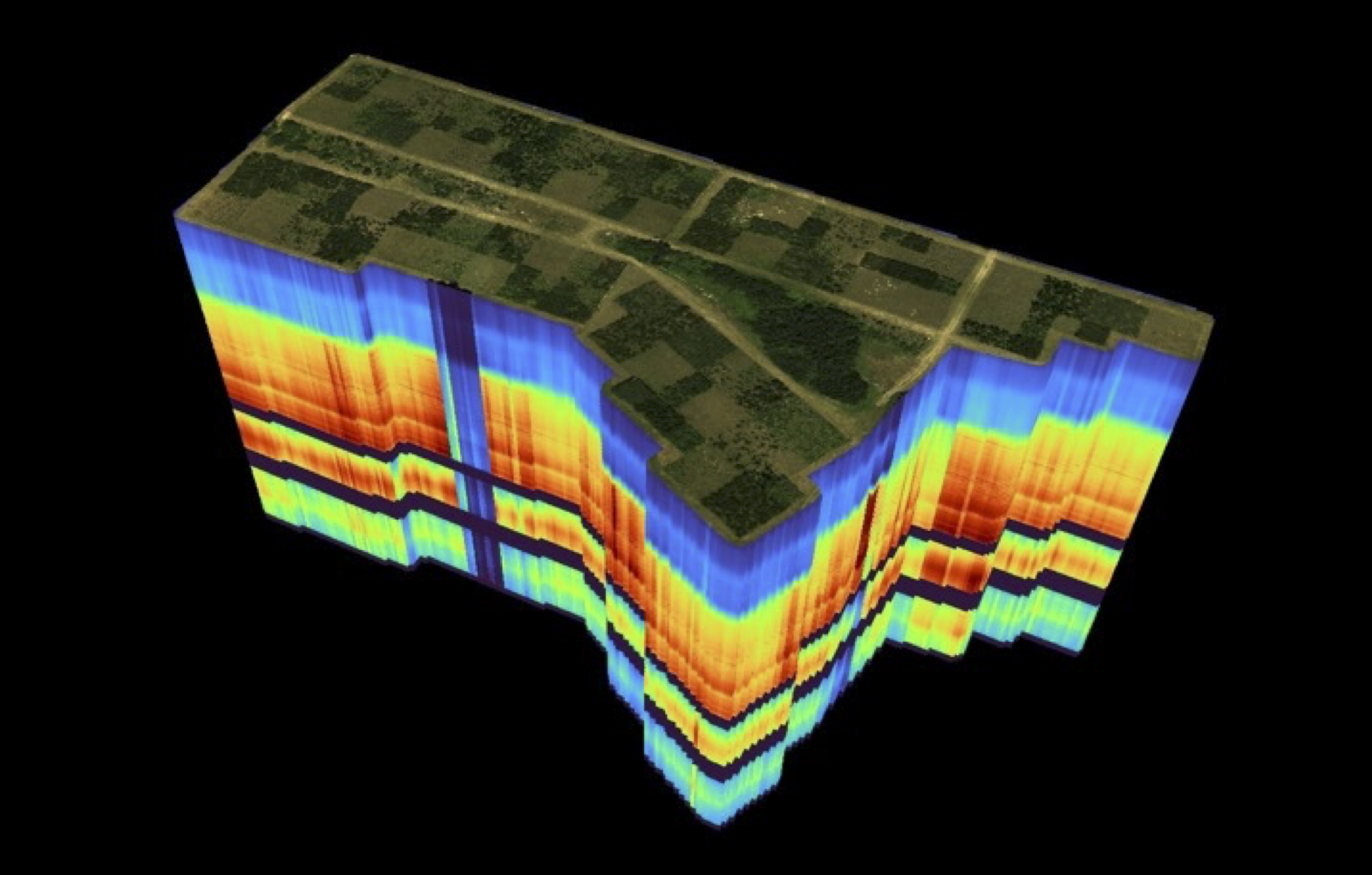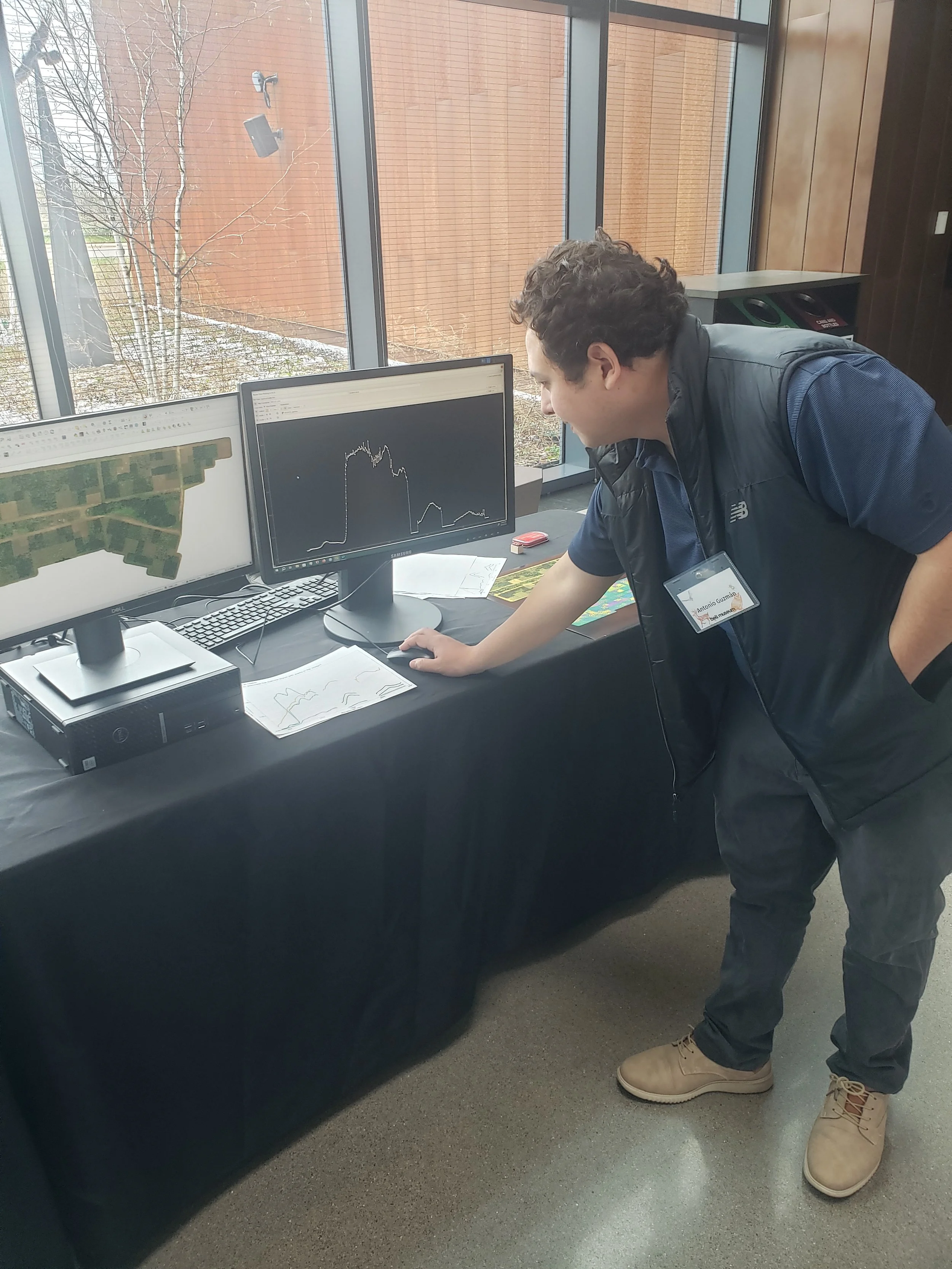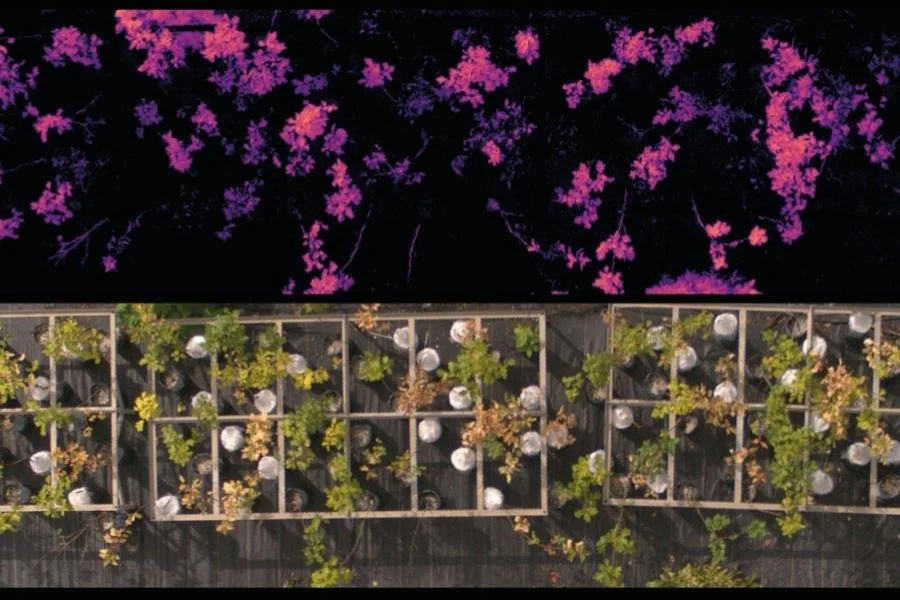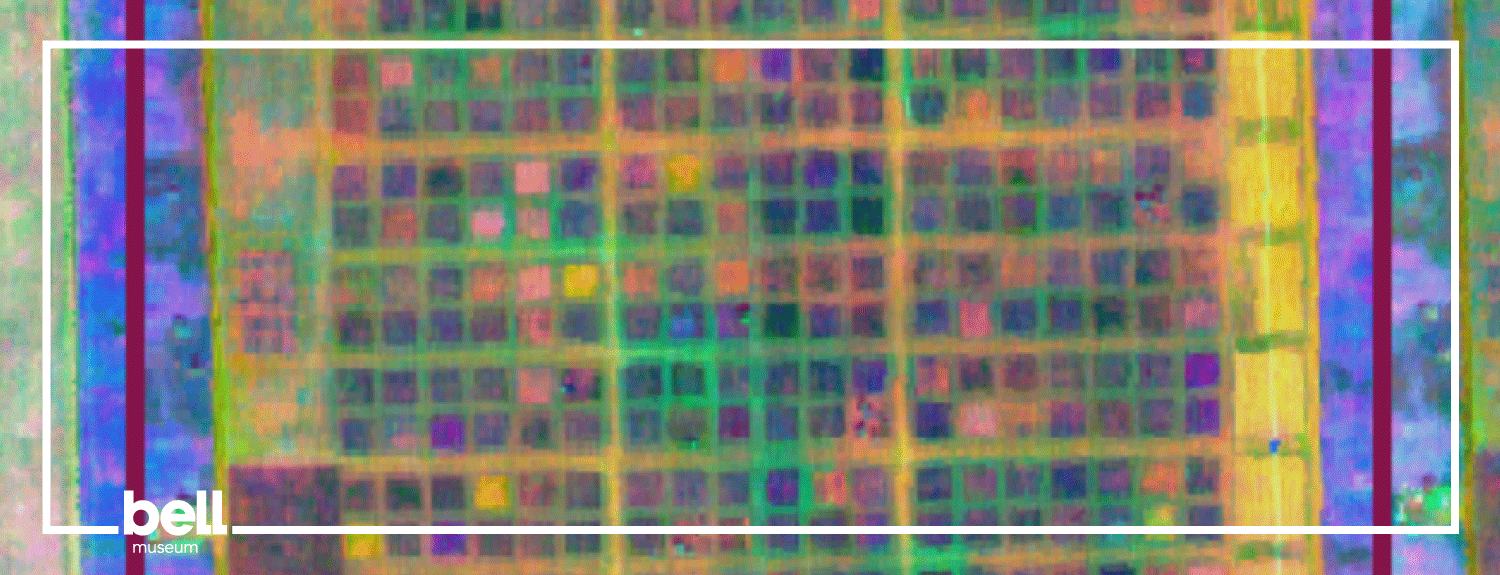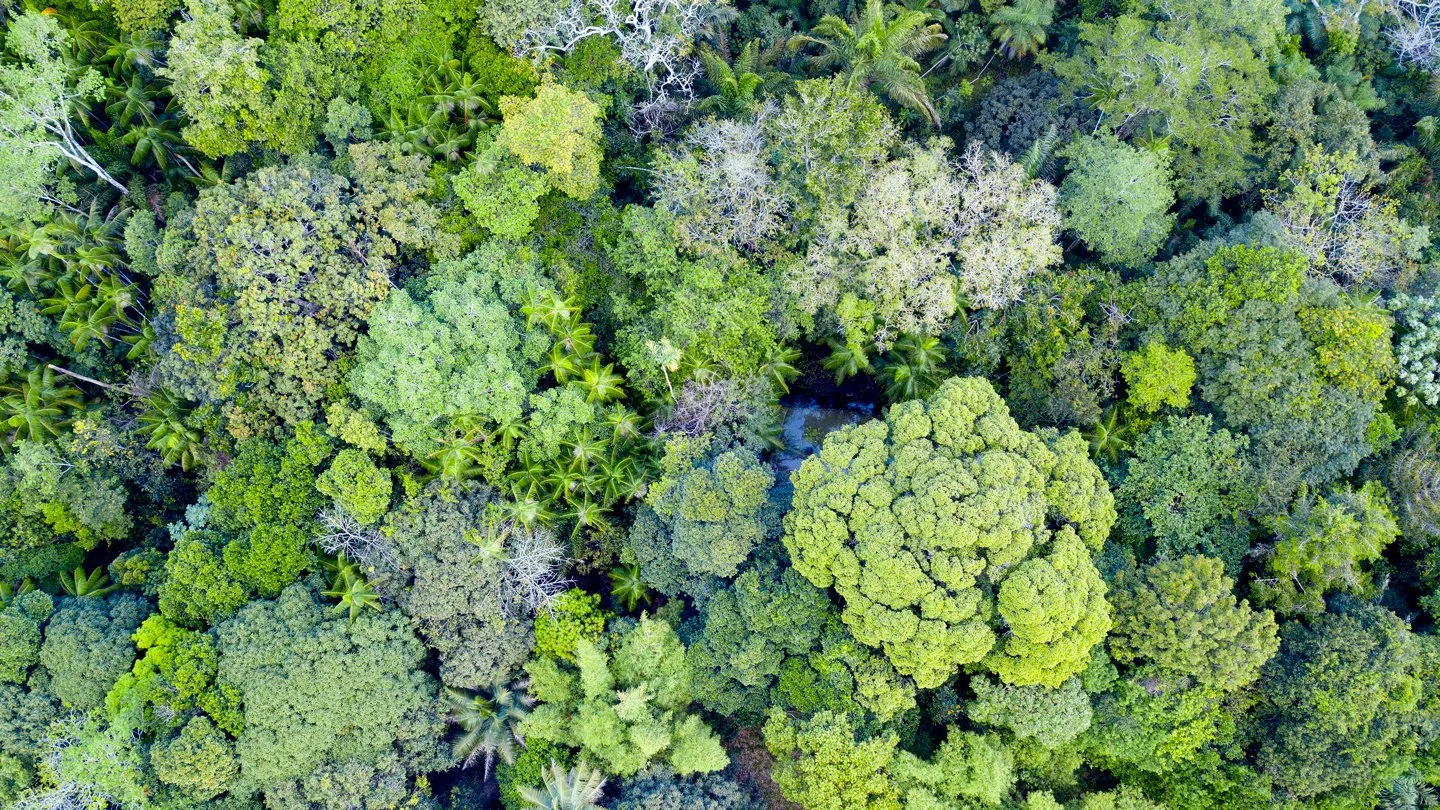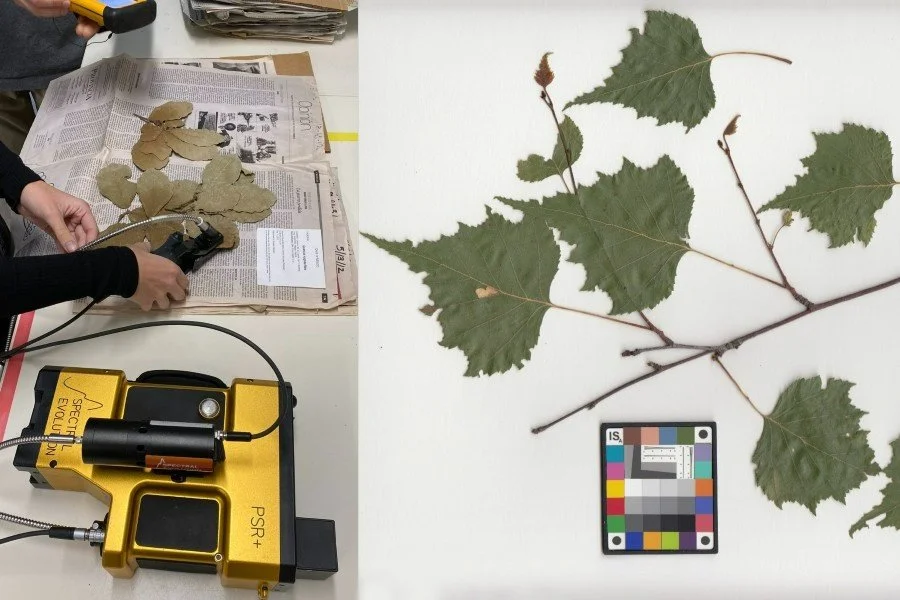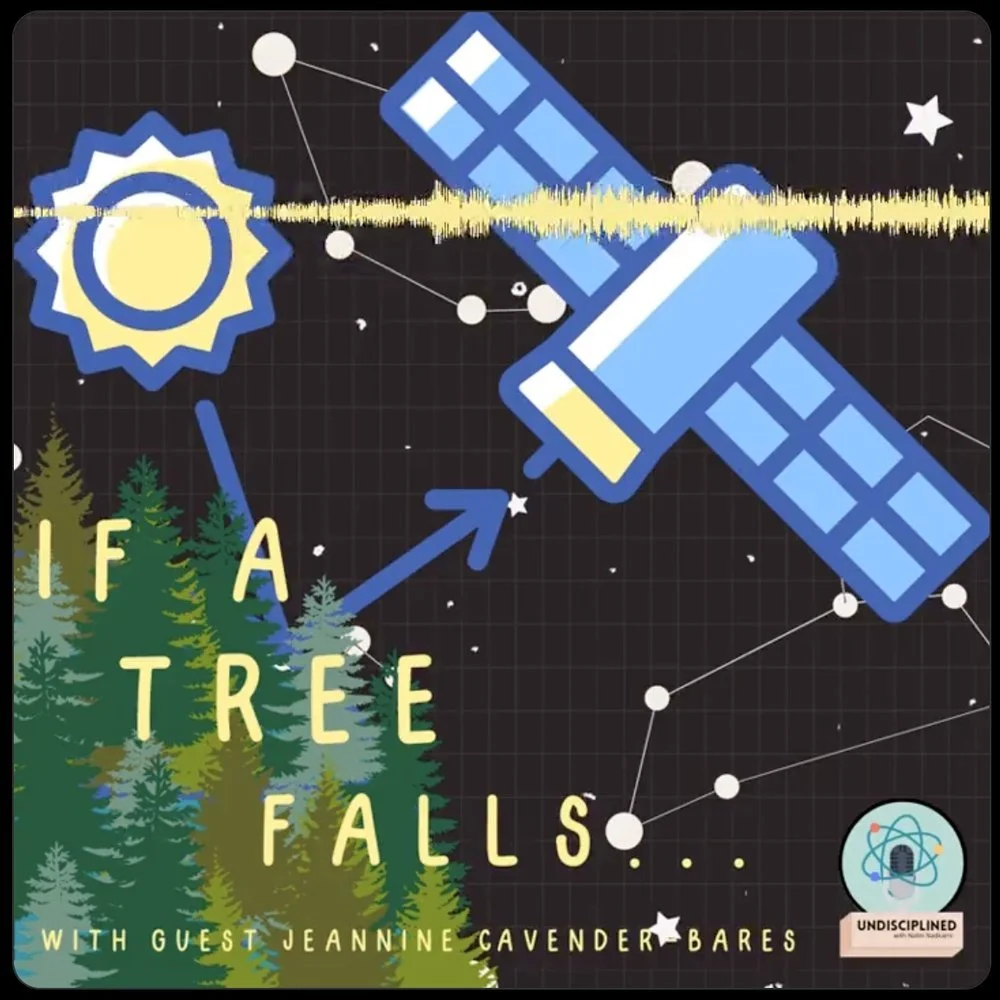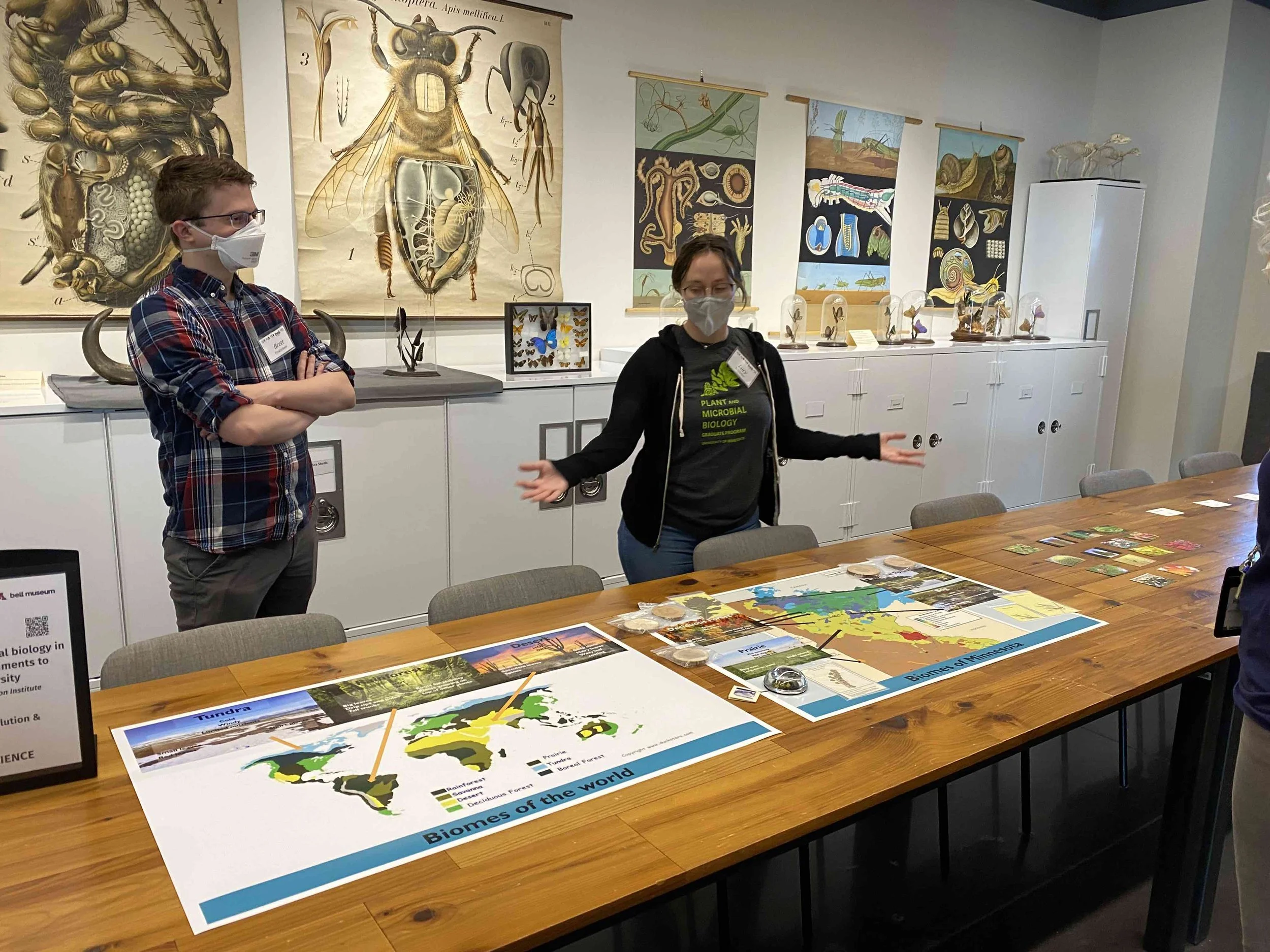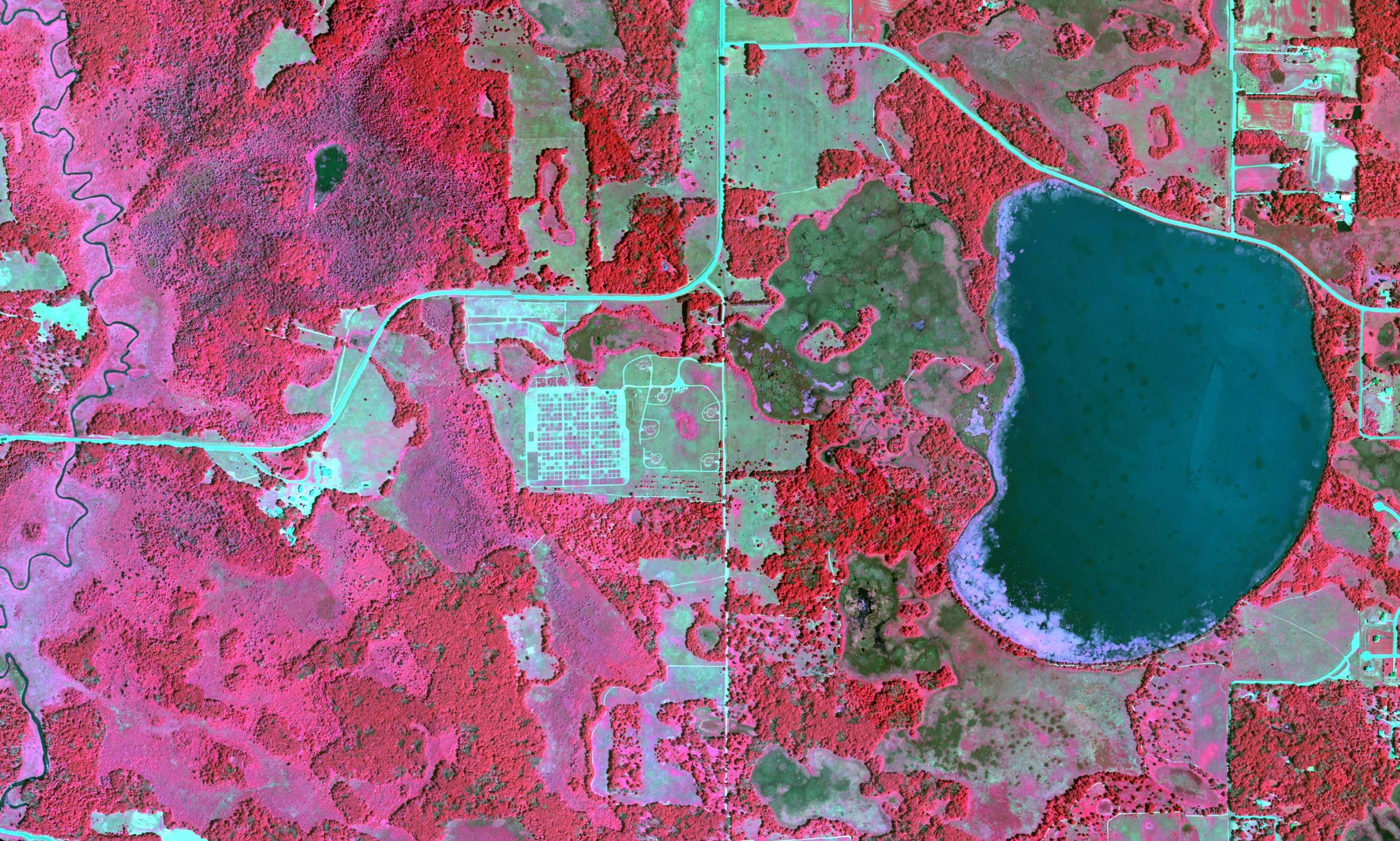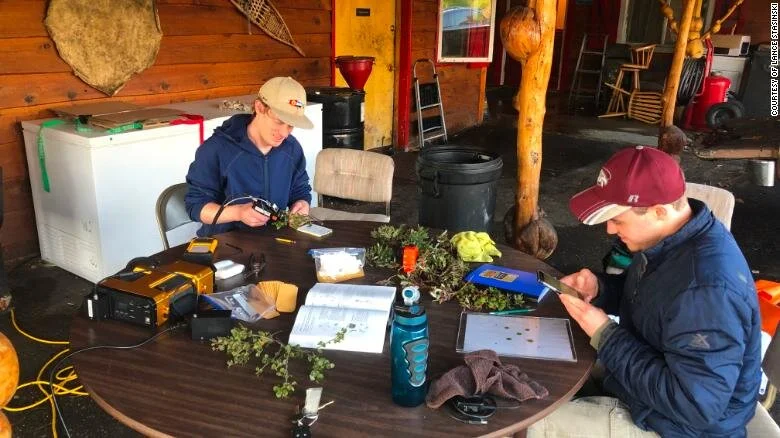New ASCEND video from MinuteEarth: ALL Plants Have Color Vision
ALL Plants Have Color Vision
Spotlight Science at the Bell Museum of Natural History featuring art and ecology
April 22, 2024
The spectra of pigments in flowers and leaves. Mariana Hernandez-Leal and Juan Ramírez-Lerma show visitors how spectra change for different plant parts and flower colors
Plants and pigments. Brett Fredericksen explains why plants have pigments—to help them make food, attract pollinators, protect against too much light and defend themselves
Paint your ideal landscape with plant-based pigments. Maria Park helps young visitors learn about plant pigments and create their ideal landscapes.
Find the spectrum in an airborne spectroscopic image of the Forest and Biodiversity experiment at Cedar Creek. Antonio Guzmán demonstrates how to select pixels on an image of the FAB experiment (left) to make the spectrum for that pixel appear on the computer screen (right). Attendees guess if the spectrum is derived from trees, shrubs, or shadows.
Innovative detection system allows researchers to differentiate oak wilt and drought
Oak forests play a vital role in our ecosystem, providing climate regulation and erosion control across North America. However, these forests face compounding threats from drought and oak wilt, and it can be challenging to tell these two issues apart.
From left to right: Pankaj Trivedi, Brett Fredericksen, Mariana Hernandez-Leal, Jeannine Cavender-Bares, Philip Townsend, Ting Zheng, Peter Reich, J. Antonio Guzmán Leal. (Not shown: Celso Oliveira)
Members of ASCEND represented the team in Washington D.C. Jan. 22-23, 2024 at the first in-person ALL-BII meeting, held at the National Science Foundation in Alexandria, VA. We updated NSF and our fellow-BIIs on progress, shared posters and gave lightning talks on our ongoing research. We got to know a lot of folks from other BIIs and enjoyed good food and conversation.
New MinuteEarth video on spectral biology
ASCEND members at the Ecological Society of America in Portland Oregon in August 2023
Researchers presented in an Inspire Session and an Organized Oral session organized by ASCEND:
INS 16 - Remote Sensing of Plant Biodiversity, Physiological Stress and Ecosystem Function in a Rapidly Changing World
OOS 51 - Integrating Light Spectra to Understand the Causes and Consequences of Variation in Plant Function Across Biological Scales
From top left to right: Jie Hu, J. Antonio Guzmán, Ethan Butler, Amy Trowbridge, Jeannine Cavender-Bares, Philip Townsend, Laura Williams, Lucy Schroeder, Shan Kothari. Bottom row: Kyle Kovach, Artur Stefanski, Jesús Pinto-Ledezma, Nathalie Queally, Vinicius Marcilio-Sliva, Maria Park
Join us for Spotlight Science: Seeing Plant Biodiversity
Saturday | May 20, 2023 | 10:00 am–2:00 pm
Recommended for all ages
Spotlight Science is a regular program connecting you to current research at the University of Minnesota and giving you the chance to meet the scientists and students who make the projects possible. Join us for special conversations and unique interactive experiences.
Researchers at the University of Minnesota and University of Wisconsin-Madison are working together to study plant biodiversity across scales in a time of rapid environmental change. They are using high-tech tools (like drones and satellites) to study plant biodiversity, from genes to the whole planet. Visit the Bell Museum for the opportunity to:
Meet students and researchers from the UMN-UW research institute focused on spectral biology
Check-out demonstrations of their high-tech tools and research techniques in action
Learn more about how plants respond to environmental change
About the Special Guests:
Researchers from ASCEND (Advancing Spectral biology in Changing ENvironments to understand Diversity, an NSF-supported Biology Integration Institute)
This is an in-person event at the Bell Museum. Activities and events will be held throughout the museum and are included in the cost of regular admission.
Funding support for ASCEND from National Science Foundation (Award #2021898)
Spectral biology and the ecosystem services of trees
Interview with Utah Public Radio’s host of UnDisciplined, Nalini Nedkarni. We talked about how remote sensing tools have transformed the ways we monitor life on Earth and the value of trees — literally and figuratively.
Spotlight Science on Spectral Biology at the Bell Museum.
The ASCEND team engages museum visitors on how light interacts with life to give us information about biodiversity.
Lucy Schroeder (right) and Brett Fredericksen (left) talk to museum visitors about diverse biomes on Earth and the different ways we can learn about understand biodiversity.
Eye in the sky helps scientists “see” underground
A new study by University of Minnesota ecologists suggests the answer could come from above. Researchers from around the U.S., Canada, and Switzerland using remote sensing to study plant communities report that plant traits we can sense from satellites and airplanes can provide valuable insights into what’s going on beneath the soil.
Airborne spectroscopic image of the Cedar Creek Ecosystem Science Reserve in East Bethel, Minnesota. The site hosts the BioDIV prairie diversity experiment, the grid of small squares seen at the center of the image. Credit: John Gamon and Hamed Gholizadeh.
How many tree species on Earth?
Tree diversity is fundamental for ecosystem services. Our study estimates ∼73,000 tree species globally, among which ∼9,000 species are yet to be discovered.
Researcgers compiled a comprehensive global occurrence dataset with 9,353 (100- × 100-km) grid cell samples (∼1°) by combining an abundance-based tree species dataset (the Global Forest Biodiversity Initiative [GFBI]) based on forest plots worldwide and comprising ∼38 million trees for 28,192 species, with a large high-quality occurrence-based dataset (TREECHANGE) that includes forest plots and botanical vouchers
The number of tree species and individuals per continent in the Global Forest Biodiversity Initiative [GFBI] database. Green areas represent the global tree cover. GFBI consists of abundance-based records of ∼38 million trees for 28,192 species. Depicted here are some of the most frequent species recorded in each continent.
A ray gun-like device helps scientists see plants in a different light
“We aim to uncover how the biological variation within and among species across the tree of life — detected in vegetation with hyperspectral sensors from handheld instruments, aircraft and satellites using a common currency of photons reflected from the sun — influences ecosystem and biosphere dynamics”

New institute to further understanding of the impact of biodiversity change on Earth
“We aim to uncover how the biological variation within and among species across the tree of life — detected in vegetation with hyperspectral sensors from handheld instruments, aircraft and satellites using a common currency of photons reflected from the sun — influences ecosystem and biosphere dynamics”
“We are committed to promoting diversity and fostering inclusivity through our engagement activities, including with the Wisconsin Tribal Conservation Advisory Council, to share cultural and scientific knowledge, foster cultural awareness and respect, and broaden participation of Native students in graduate programs”
